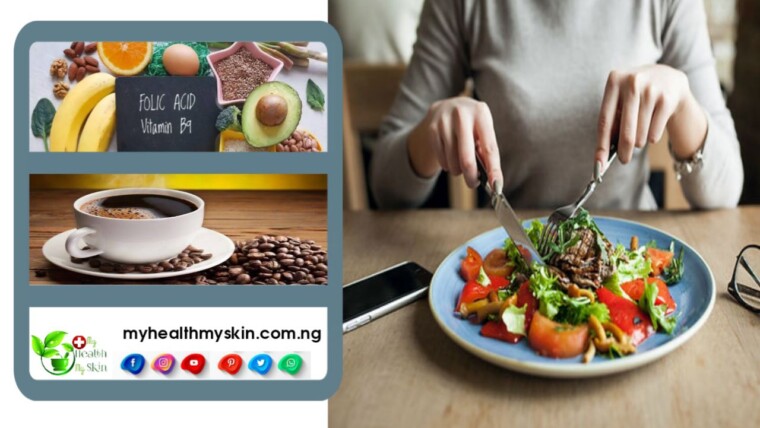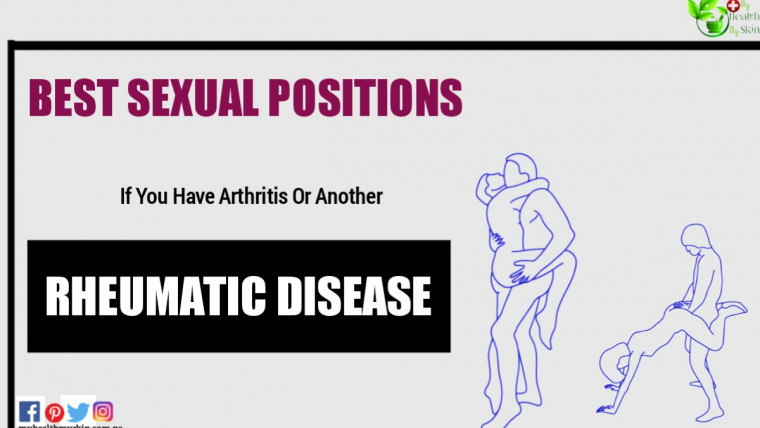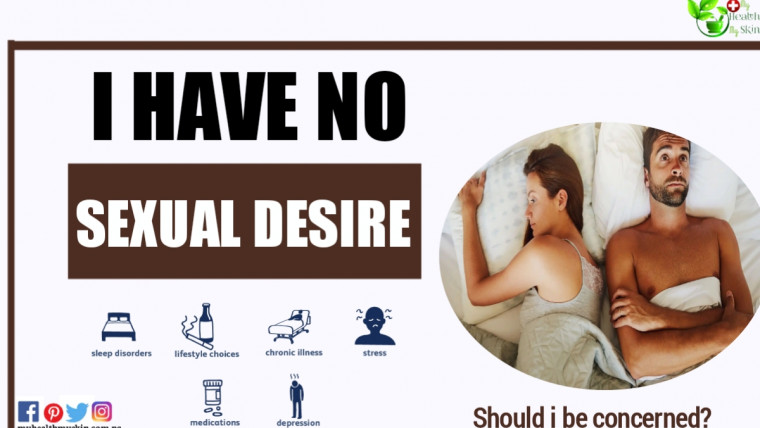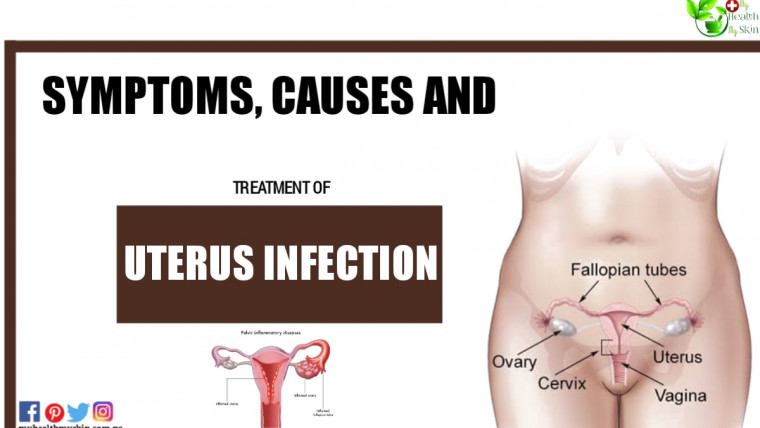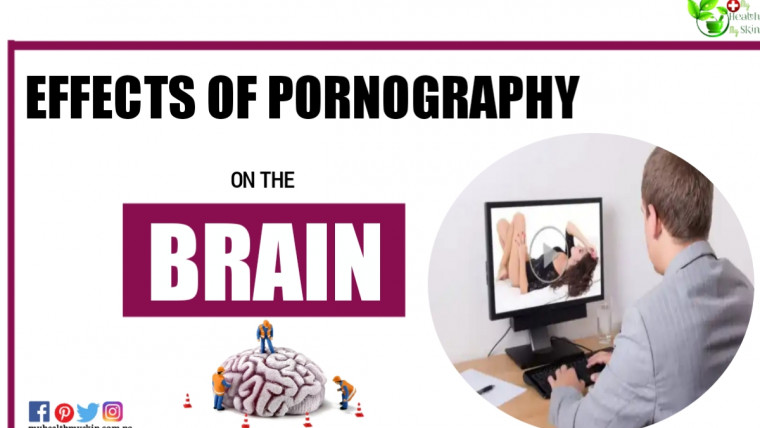Drug Overdose Symptoms
In most cases, the overdose situation occurs with the use of opioids, such as morphine and heroin, and therefore the drug overdose symptoms that arise are more related to respiratory problems. However, there are other types of drugs that can also cause overdose and generate other types of symptoms, which will depend on the type of drug.
Regardless of the overdose symptoms, whenever an unconscious person is found with signs that they have been using a drug or medication, it is very important to seek medical help from the local emergency number or take them to hospital, so that the type of drug can be identified and treatment can be started as soon as possible.
Drug Overdose: types of illicit drugs
Depressant Drugs
Depressant drugs are drugs that decrease the activity of the nervous system and are therefore most commonly used to achieve a state of relaxation.
The main types of depressant drugs are opioids, including illicit drugs such as heroin, but painkillers such as codeine, oxycodone, fentanyl or morphine, for example, also fall into this category, as well as anti-epileptics and sleeping pills.
Depressants: Signs of a Drug Overdose
When depressant drugs are used, it may be accompanied by the following drug overdose symptoms:
Weak breathing or difficulty in breathing
Snoring or breathing with a bubbling sound, indicating that something is blocking the lungs
Bluish-coloured lips and fingertips
Lack of strength and excessive sleepiness
Very narrow pupils
Disorientation
Decreased heartbeat
Loss of consciousness, unresponsive when attempting to move and awaken the victim.
Even if the overdose is identified in time to seek medical help, overuse of these drugs and falling into a state of overdose can cause permanent damage to the brain.
In the case of opioids, some people who use opioids on a regular basis may have an “overdose kit”, which consists of a pen containing naloxone. This is a drug that undoes the effects of opioids on the brain and can be life-saving for the overdose victim when used quickly.
Stimulant Drugs
In contrast to depressant drugs, stimulant drugs are responsible for increasing the functioning of the nervous system, causing stimulation and excitement. This type of substance is mainly used by adolescents and young adults to obtain effects such as increased energy levels, attention span, self-esteem and recognition. Examples are cocaine, crack, methamphetamines, LSD or ecstasy, for example.
Stimulants: signs of a drug overdose.
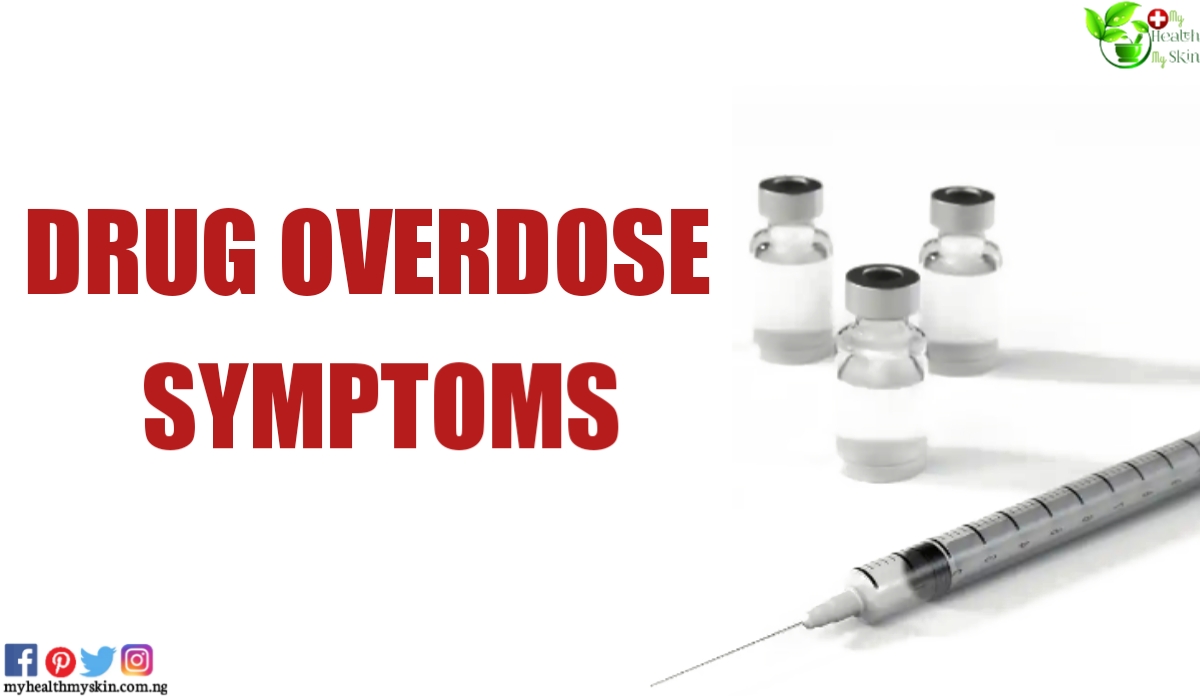
Some of the drug overdose symptoms which may arise as a result of the use of stimulants include:
Chest pain
Mental confusion
Severe headache
Convulsions
Fever
Increased heartbeat
Agitation, paranoia, hallucinations
Loss of consciousness.
In addition to this, it is important to remember that the use of several drugs at the same time and failure to maintain a balanced and healthy diet increases the risk of overdose and death.
Over-the-counter drugs
Although most OTC drugs, such as Paracetamol or Ibuprofen, are relatively safe to use “without constant medical supervision”, they can also cause overdose. Thus, it is very important to have at least prior medical guidance on the dosage to be used, especially in the case of children.
One of the most common cases is Paracetamol overdose, which tends to occur in people who attempt suicide. This type of medicine causes severe liver damage when used in higher than prescribed doses, and therefore the most common symptoms include:
Nausea and vomiting
Severe dizziness
Convulsions
Fainting
Acute pain in the upper right sections of the stomach.
Depending on the dose used in the overdose, symptoms may take 2 to 3 days to appear, however, lesions develop in the liver from the time the drug is ingested.
However, when a higher dose is ingested, do well to see a doctor, even without experiencing any symptoms.
Drug overdose: what to do
In overdose cases or when the addict starts displaying drug overdose symptoms, do the following:
Try to keep the victim awake by calling the victim by name and keep him breathing.
In case of loss of consciousness, lay the victim on his or her side, as this position facilitates breathing and prevents aspiration in case of vomiting.
Call the emergency service for an ambulance and first aid advice.
Do not induce vomiting.
Do not give food or drink.
Keep an eye on the victim until the ambulance arrives, checking that he/she is still breathing and monitoring his/her general condition.
In addition, if possible, take the drug suspected of having caused the overdose to the emergency department, so that the doctor can guide the medical treatment according to the cause of the problem.
If the person stops breathing, cardiac massage should be started immediately to keep the blood circulating and increase the person’s chances of recovery.
Drug Overdose Treatment at Home
If you think someone is suffering from alcohol or stimulant poisoning, call the emergency number immediately. Home intervention is not appropriate in such cases. But rescuing a person with an opioid overdose requires a rapid response.
More than half of all overdose deaths are directly related to prescription opioids, and the number of heroin-related deaths has increased fivefold in the past decade, according to the National Institute on Drug Abuse. Since opioids have depressant effects, the same intervention tactics apply in the event of an overdose.
Step 1) Check responsiveness: drug Overdose Treatment at Home
If a person is unconscious and has difficulty breathing or is not breathing, rub the sternum vigorously with your fingertips. If they are still unresponsive, call the emergency number immediately.
Step 2) Provide artificial respiration: Drug Overdose Treatment at Home
Since most overdose deaths are due to respiratory failure, artificial respiration is essential in the event of an overdose. Tilt your head, lift your chin and pinch your nose. Close your lips and take two quick breaths through your mouth. Then breathe in deeply every five seconds.
Step 3) Administering naloxone: Drug Overdose Treatment at Home
Naloxone (Narcan) is a life-saving drug that reverses the depressant effects of opioids on the central nervous system. Naloxone kits come in two forms: intranasal and injectable.
Intranasal naloxone: remove the yellow caps from the plastic delivery device (needleless syringe) and remove the red cap from the cartridge. Screw the naloxone cartridge into the syringe.
Tilt your head back and spray half of the naloxone (1 cm3) into each nostril. Injecting naloxone: Remove the orange cap from the naloxone vial. Draw 1 cc of naloxone into the syringe and inject it into one of the major muscles (buttock, thigh or shoulder).
If necessary, maintain artificial respiration until the naloxone takes effect. If the person is still unresponsive after three to five minutes, give another dose of naloxone.
Too often, drug overdose deaths occur because the person is reluctant to call an ambulance for fear of police involvement. Call 911 for help
How to Prevent an Overdose
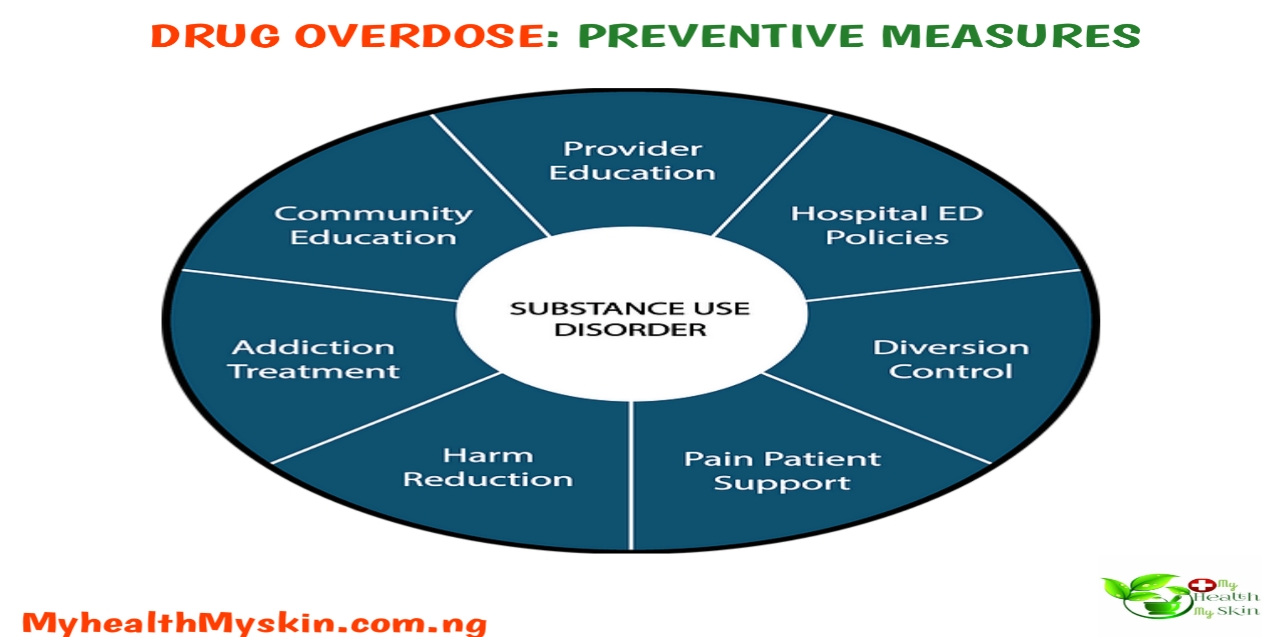
The best way to prevent an overdose is to avoid using drugs, even those that are permitted, such as alcohol, cigarettes and medicines, and to take medicines according to the doctor’s prescription.
However, in the case of irregular drug use, one should be vigilant, as breaks in use can lower the body’s tolerance to the drug, making it easier to overdose with small portions of the product.
In addition, never experiment with unaccompanied drug use, as in case of emergencies, such as overdose, help should be sought by calling the emergency services.

